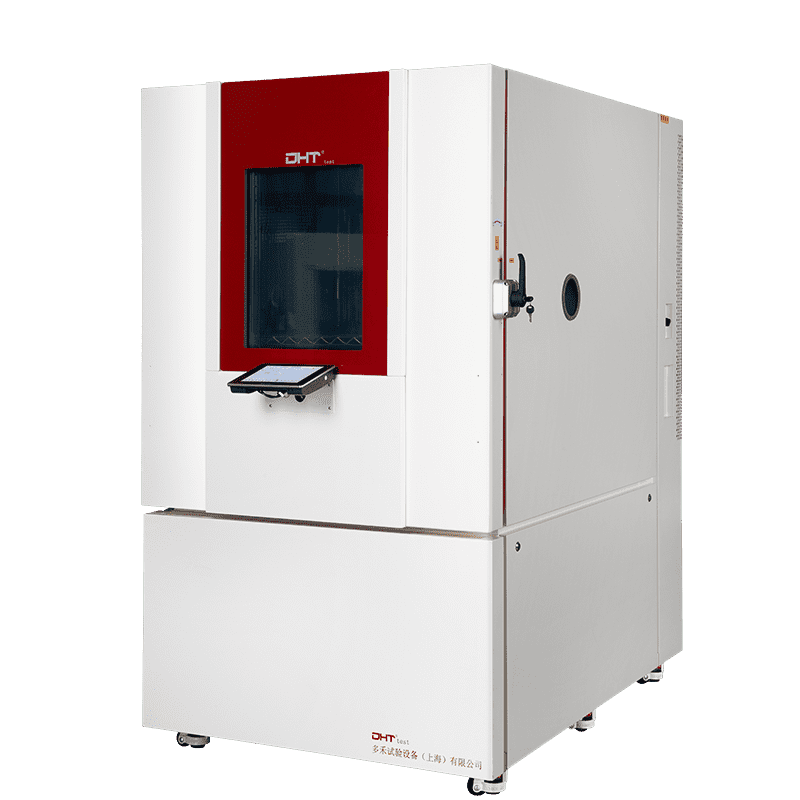Introduction: Test Manager Li’s Dilemma
Li is the test manager at a rising electronics company. Recently, the company secured several key client orders that require rigorous thermal shock testing to verify product reliability. Now, he faces a tough decision: Should he make a one-time purchase of a thermal shock chamber, or opt to lease the equipment?
With tight deadlines and limited budgets, plus intense pressure from client audits, can buying the equipment pay off quickly? Or is renting a more flexible and cost-effective solution? This “buy or rent” decision directly impacts the company’s testing efficiency and cost control — potentially influencing up to 50% of the entire project budget.
Why Do You Need a Thermal Shock Chamber?
Thermal shock testing is not just a bonus for your lab — it’s a passport for your product to pass market entry.
You may have encountered these challenges:
- Products returned by clients for failing thermal shock tests;
- Being blocked during key customer audits due to missing compliance testing;
- Overseas orders delayed or lost, damaging your company’s reputation.
These pain points clearly indicate that the thermal shock chamber has become a critical checkpoint in the quality management process. Without it, your product will struggle to enter customer supply chains smoothly and maintain market competitiveness.
Rent vs. Buy: More Than a Financial Decision — It’s an Operational Strategy
This is not a simple purchasing question but a strategic choice impacting your company’s operation model:
- Project Duration
- Short-term projects with 3-month development cycles are better suited for flexible leasing;
- Long-term production needs over 3 years favor purchasing, offering better cost efficiency.
- Cash Flow Situation
- A one-time purchase requires significant capital upfront, potentially squeezing other business areas;
- Staged leasing smooths cash flow and eases financial pressure.
- Organizational Capability
- Do you have an established lab environment and a dedicated test engineering team?
- Do you need to support multiple product lines or diverse testing tasks?
Real-world Cases:
- A new energy company quickly met diversified automotive client testing needs by leasing high-performance thermal shock chambers, successfully entering Tier-1 supplier chains.
- A manufacturing plant that blindly purchased equipment early on ended up with idle devices and tight cash flow, limiting further R&D investment.
You May Be Underestimating the Strategic Value of Leasing Thermal Shock Chambers
Break the stereotype that leasing is just a temporary fix. Leasing is becoming the smart choice for many companies:
- Easily switch between multiple test models to meet different client customization needs without buying multiple devices.
- Rapidly respond to urgent test demands and temporarily expand capacity to avoid delivery bottlenecks.
- Deploy mobile test stations for on-site testing or external collaboration, enhancing adaptability.
Leasing not only saves capital expenditure but also brings operational innovation and flexibility.
Buying Isn’t Wrong — But Avoid These Three Common Pitfalls
Purchasing equipment requires caution to prevent it becoming a costly mistake:
- Over-specifying Parameters: Excessive performance specs drive up costs far beyond actual testing needs.
- Ignoring Maintenance and Staffing Costs: Overlooking ongoing maintenance and the need for skilled personnel leads to high idle rates and poor ROI.
- High-cost Purchase Without Long-term Demand: Without a clear long-term testing plan, the investment is hard to amortize.
Five Questions to Ask Before Buying:
- Is my testing demand stable and ongoing?
- Do we have a mature test team and management system?
- Are the equipment specs aligned with actual business needs?
- Is the maintenance and upgrade budget secured?
- Is there a clear capacity plan supporting long-term equipment use?
How to Decide Which Option Fits You Best?
Typical Profiles for Leasing:
- Project-based teams with short-term, variable testing needs;
- Order-driven factories with fluctuating client demand requiring flexible resources;
- Early-stage R&D groups with uncertain test needs and limited budgets.
Typical Profiles for Purchasing:
- In-house labs seeking high consistency and autonomous control of test data;
- Organizations with frequent, long-term thermal shock testing requirements;
- Certification-focused companies needing regular compliance retesting.
Conclusion: Is Testing an Expense or an Investment?
Whether you choose to rent or buy, the key is not owning the equipment itself, but obtaining reliable test data and ensuring on-time delivery. A well-planned testing investment directly translates into product quality assurance and a competitive market edge.
When faced with the buy-or-rent decision, DHT® recommends every company combine its business realities with scientific judgment to maximize the value of testing budgets, helping products successfully enter the market and gain customer trust. Choose DHT® to make your thermal shock testing more efficient and reliable — your steadfast partner in quality assurance.
FAQ
Why is a thermal shock chamber essential for my product testing?
Thermal shock testing is a critical quality checkpoint. It helps ensure your product can withstand rapid temperature changes, preventing failures that could cause client returns, audit failures, or delayed shipments. Without it, your product risks being rejected or losing market competitiveness.
What factors should I consider when deciding between buying and renting a thermal shock chamber?
The decision depends on project duration, cash flow, and organizational capability. Short-term projects often benefit from flexible leasing, while long-term, frequent testing needs generally favor purchasing for better cost efficiency. Also, consider your lab environment and testing team capacity.
Can renting a thermal shock chamber offer strategic advantages beyond cost savings?
Absolutely. Leasing provides operational flexibility, such as quick switching between different test models, rapid response to urgent testing demands, and the ability to deploy mobile test stations. This flexibility can improve innovation and reduce delivery bottlenecks.


